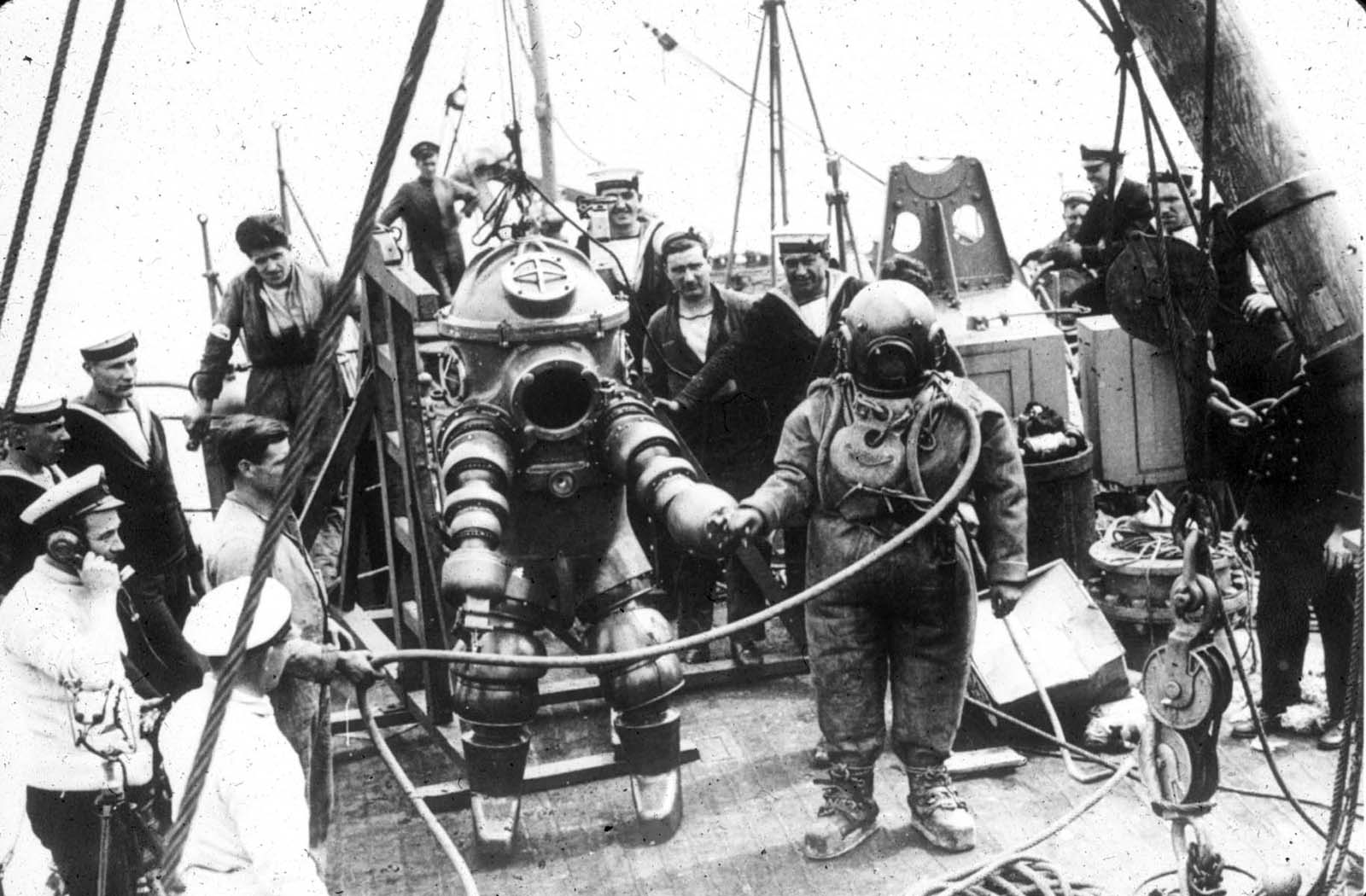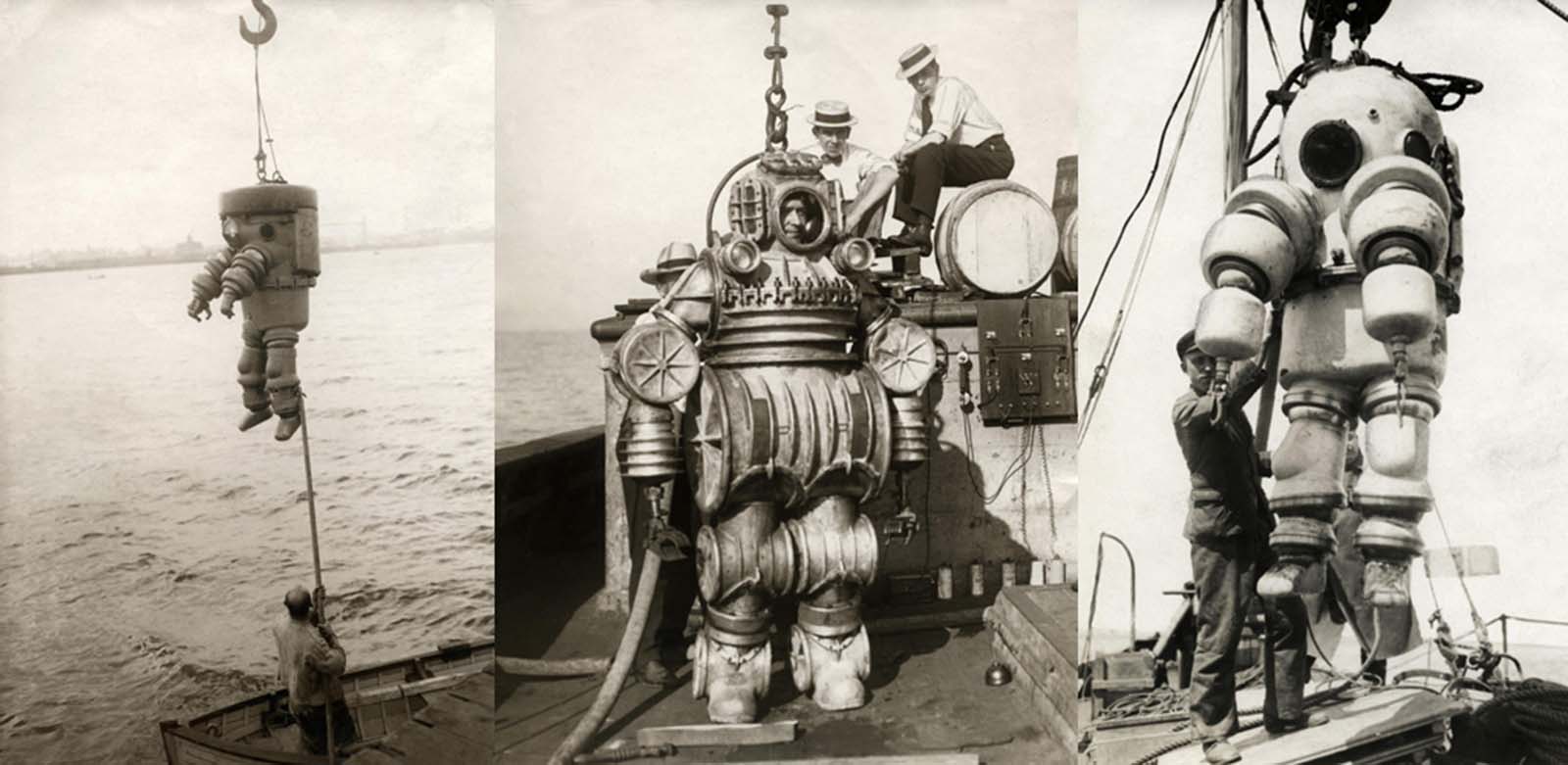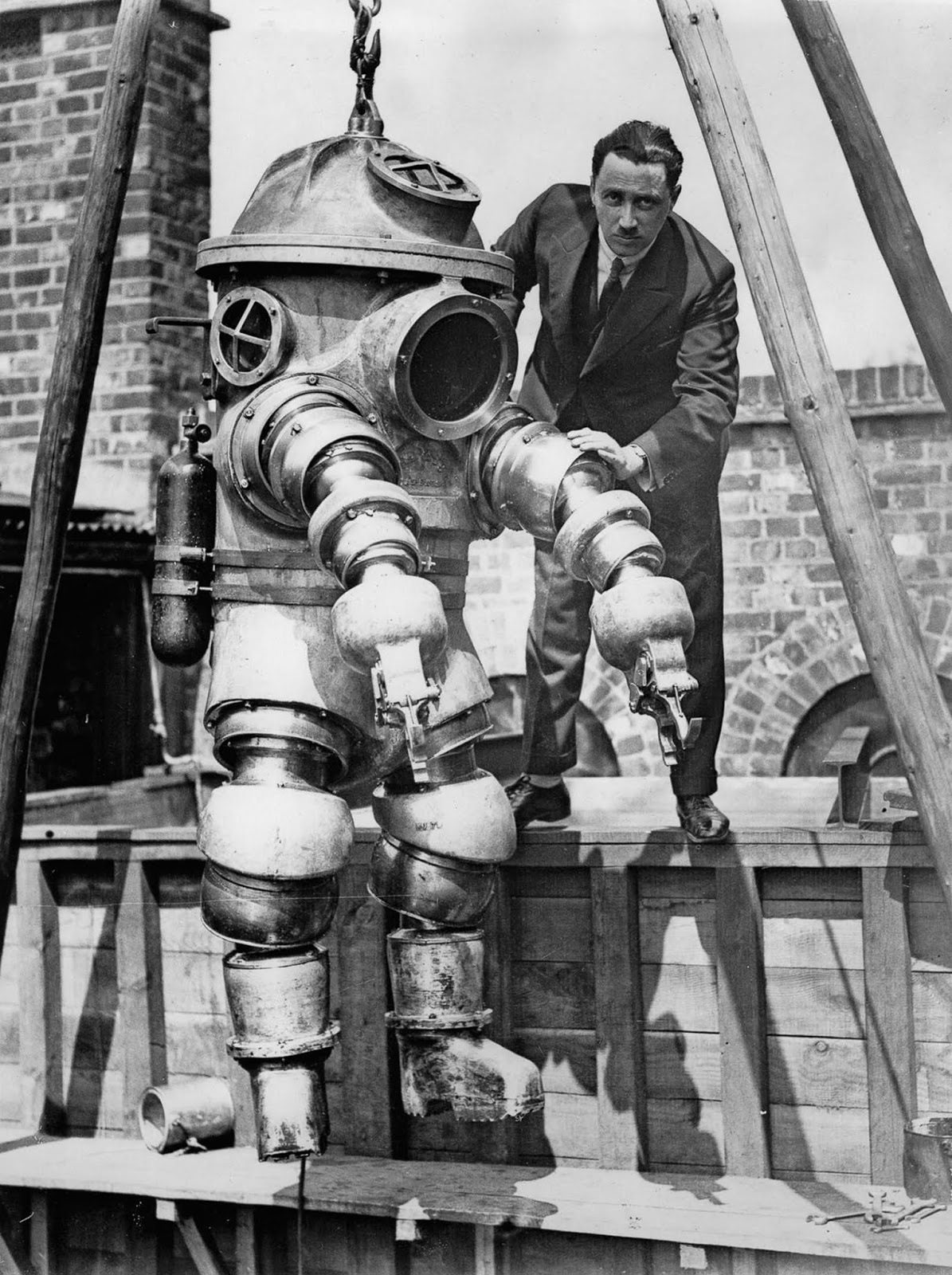
With the primary purpose of Diving Suits being to aid in rescue missions when most ships carrying lots of treasures sank due to weather conditions and numerous reasons, diving suits in the 18th century were made to enable people to carry out a more thorough exploration of ocean depths.
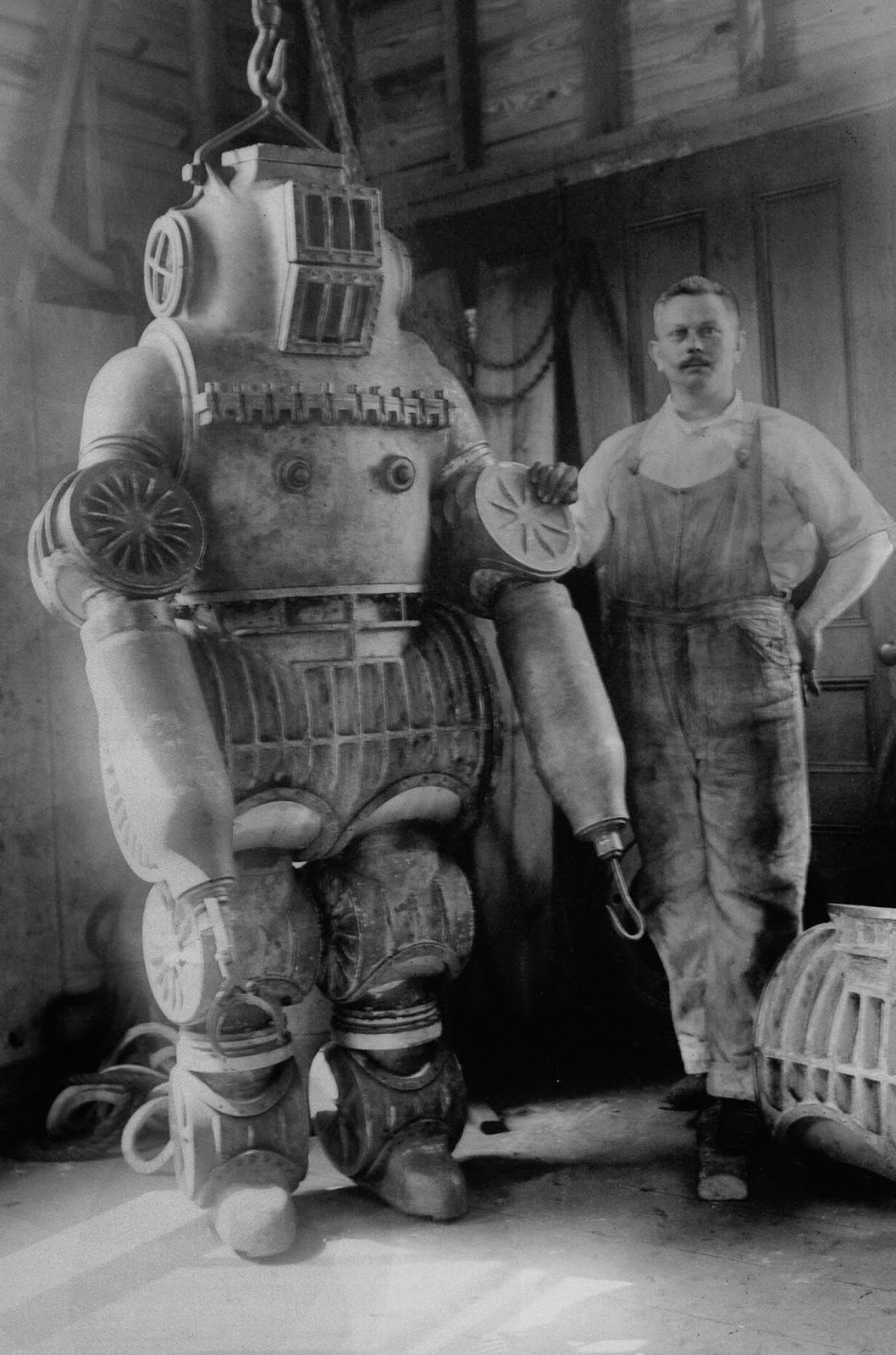
English inventor John Lethbridge designed the first of these Diving Suits in the 1710s and 1715. He created the first fully-enclosed suit with watertight sleeves, a pressurized air-filled barrel and a viewing hole.
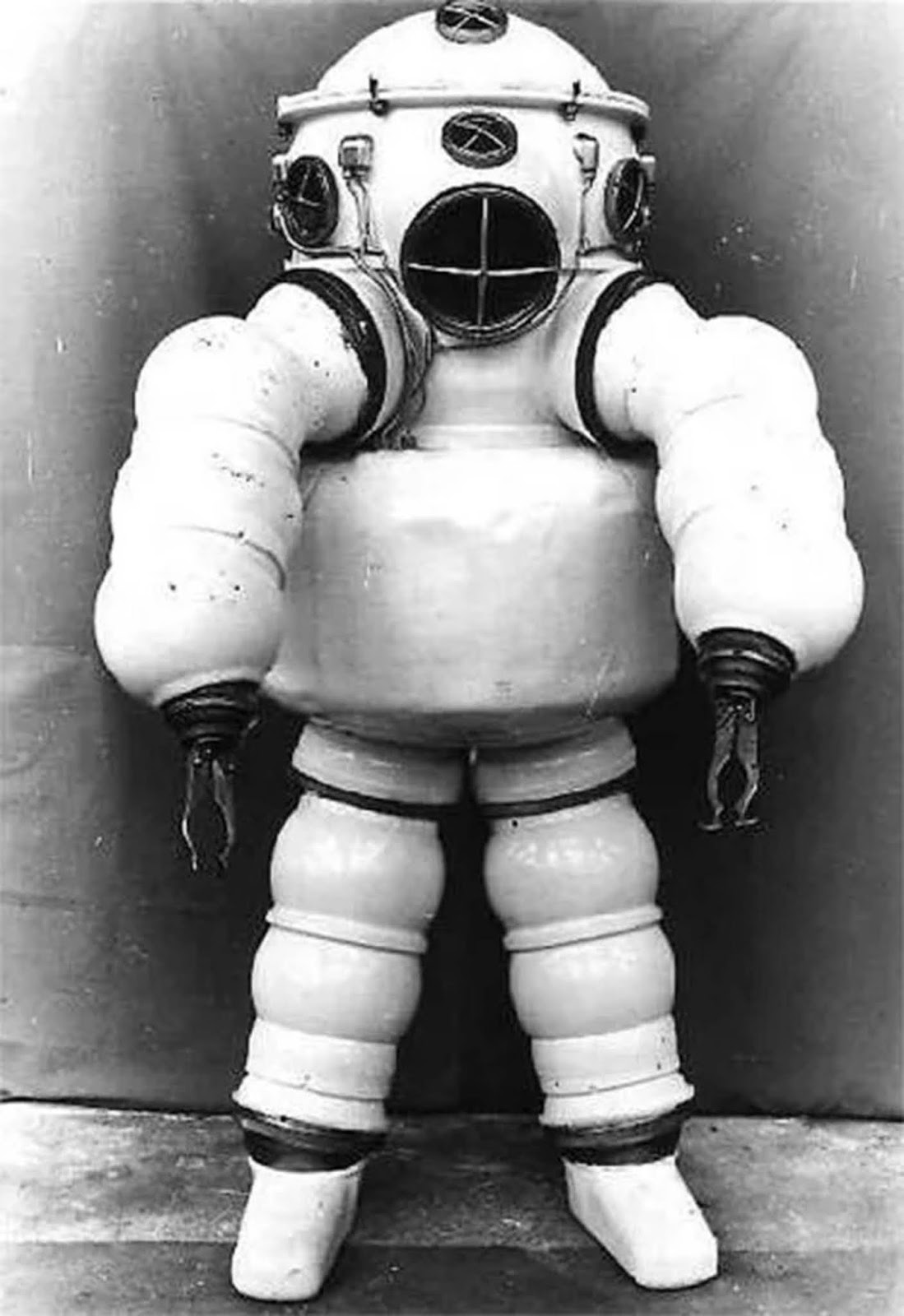
Karl Heinrich Klingert, in Poland, in 1797, developed a full-body Diving Suit that was made of a metal helmet, broad metal girdle, pants, and a vest made of waterproof leather for the first time. Air could also be supplied to the diver via a long, weighted tube using a pump turret.
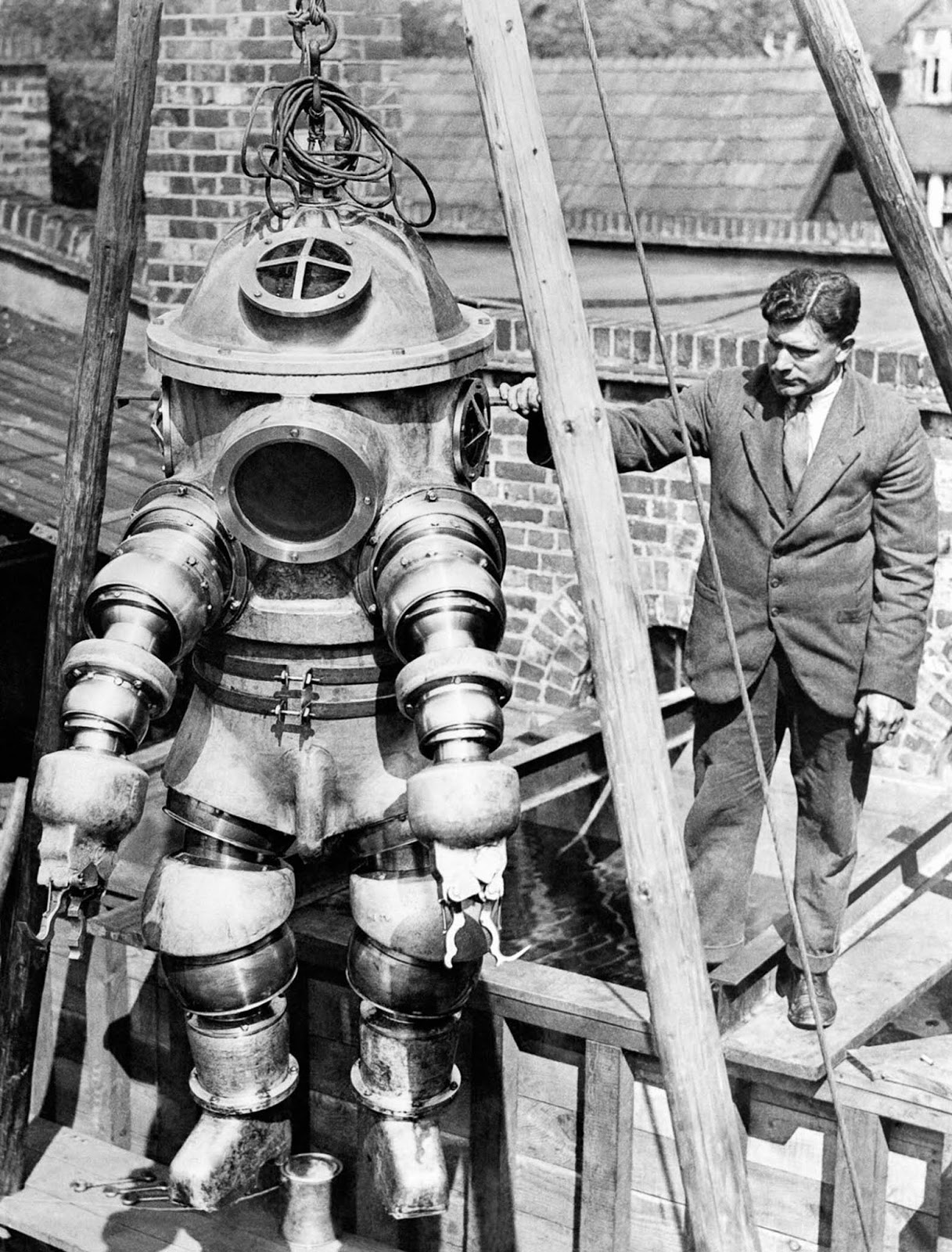
A significant advancement in diving technology took place in 1837 with the arrival of “heavy footers”. These diving suits were made to cover the diver in thick waterproof leather, a heavy metal helmet, and weighted boots. The diving helmets used for this had been used for more than a century. However, the diving helmet suit allowed divers to move underwater more freely.
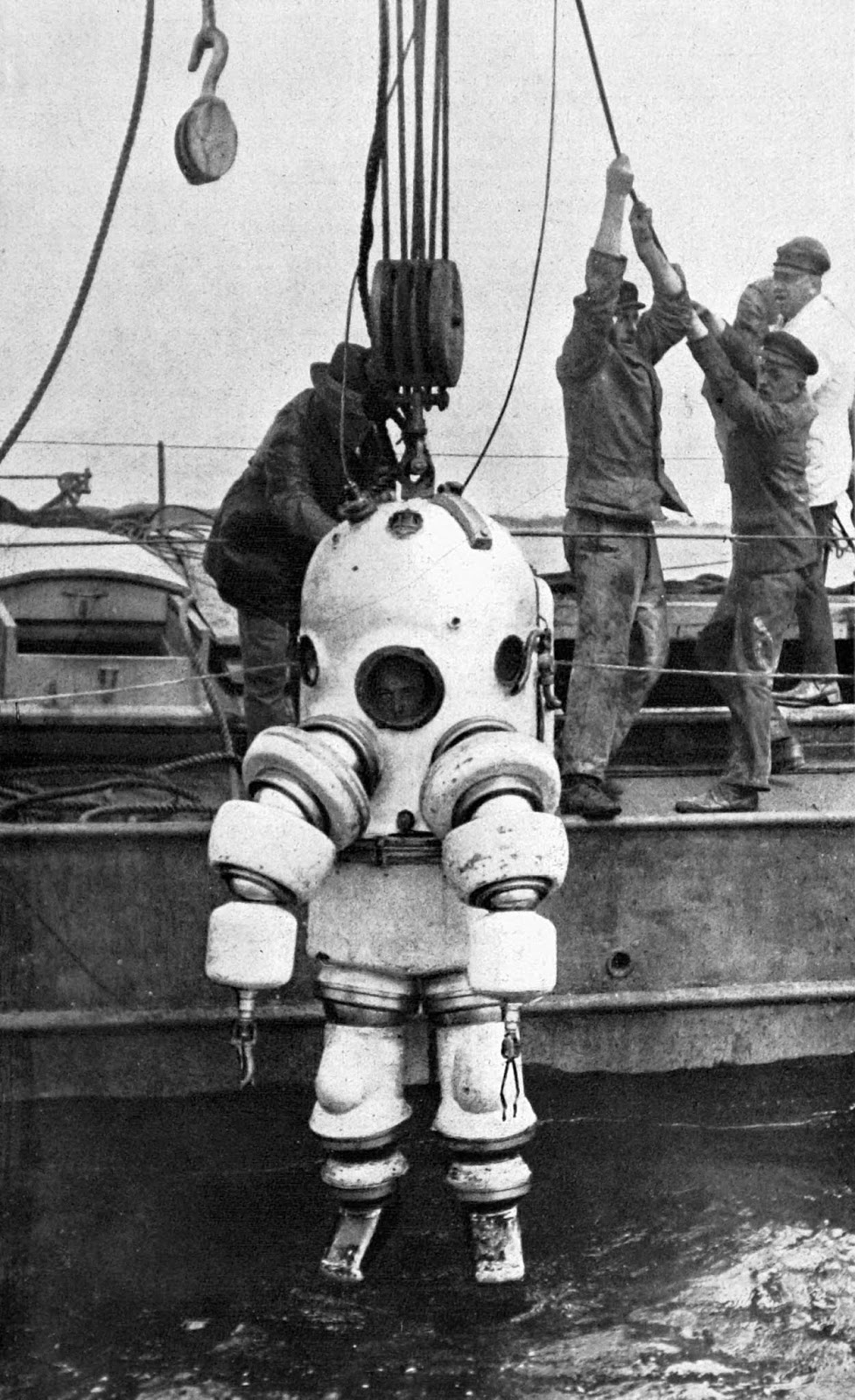
Alphonse and Theodore Carmagnolle, in Marseille, France, in 1878, developed an armoured suit that had twenty small portholes and articulated limbs. They were granted a patent for this invention, and it weighed 838 pounds.
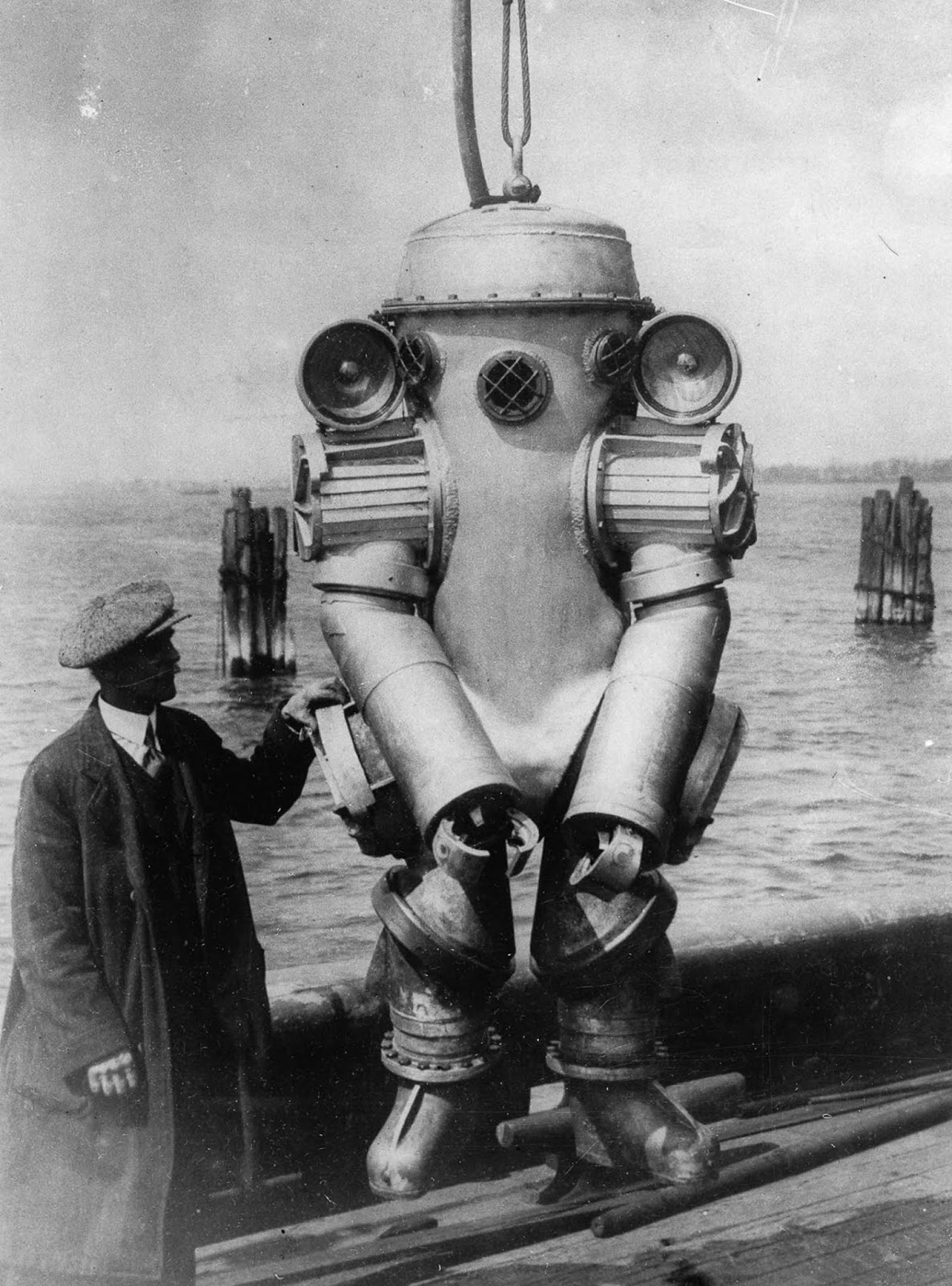
This diving suit was the first human-shaped atmospheric diving suit (ADS), and because the pressure inside the case was similar to the one on the surface, the divers didn’t have to worry about the dangers of decompression.
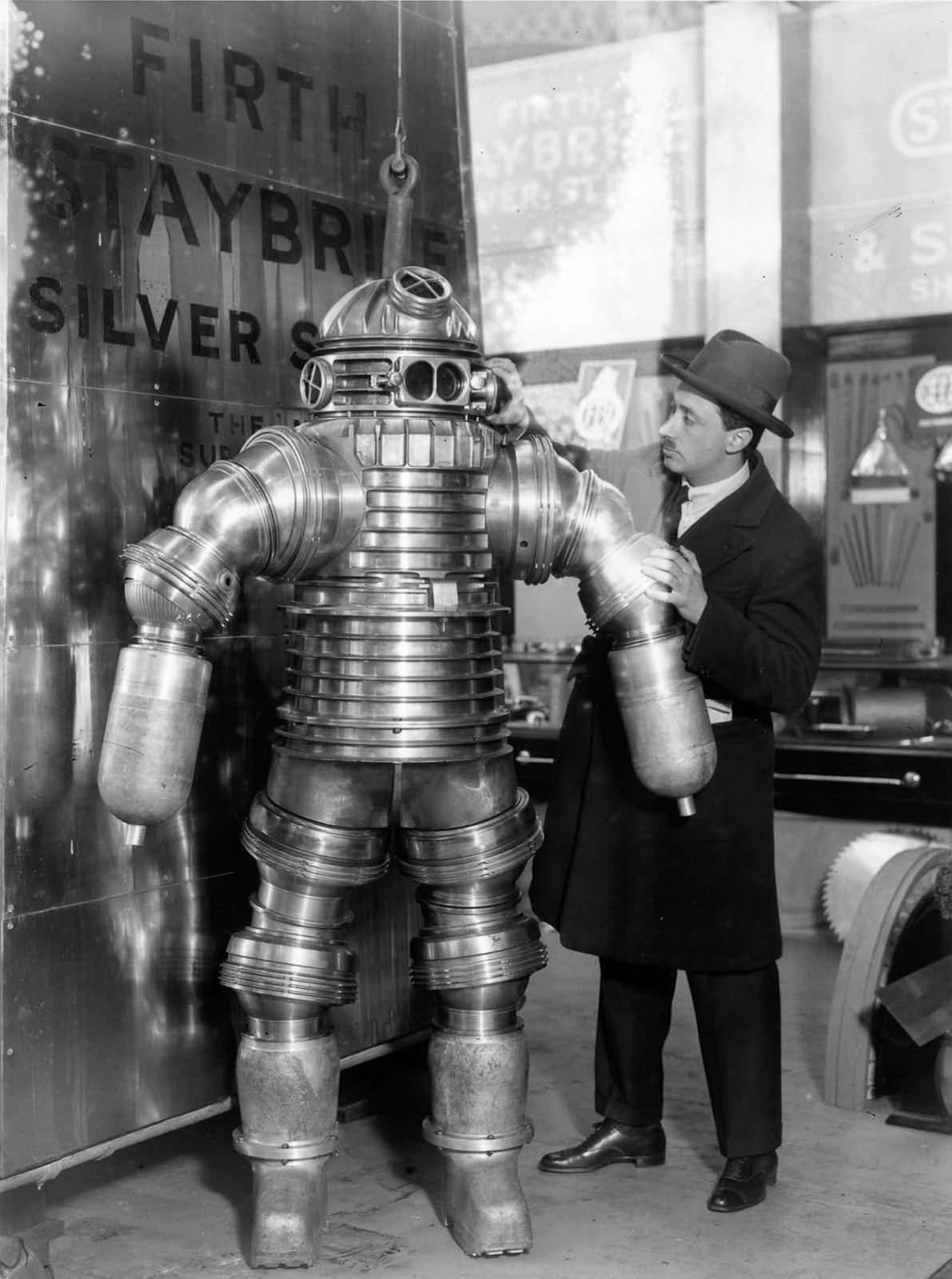
The suit never worked very well as the joints were not fully waterproof. The original case remains displayed at the French National Navy Museum in Paris. In the same year, Henry Fleuss of London became the first scuba diver after inventing the first self-contained underwater breathing apparatus (SCUBA) with compressed oxygen.
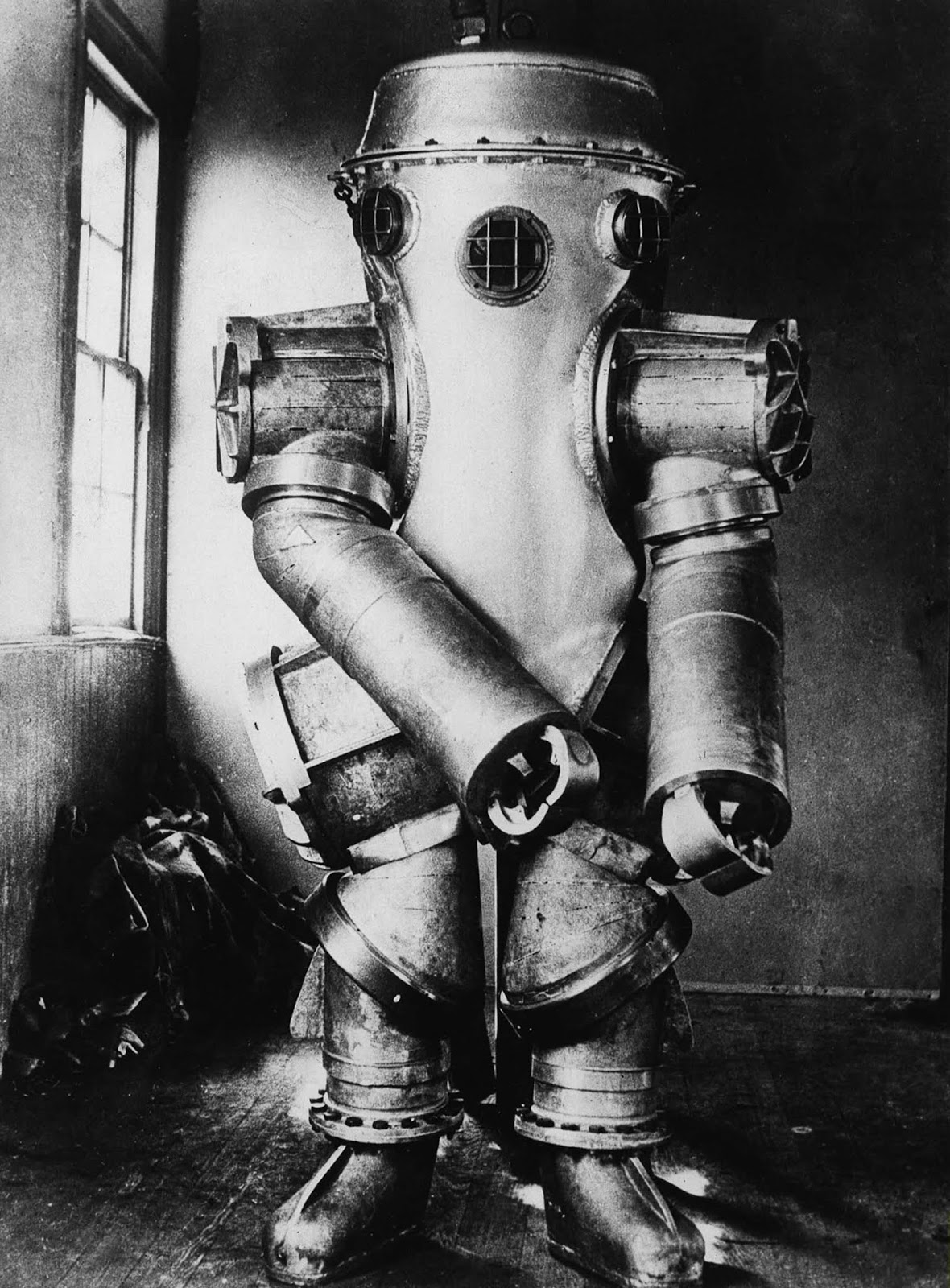
In 1878, he was granted a patent, and this eliminated the need for a diver to rely on surface-supplied air. He used a device that was initially made to save trapped miners. This was a revolutionary design.
The British Navy trained the first divers and recruited them into their ranks. Soon after, the US Navy followed suit in organizing a training program in 1882.
